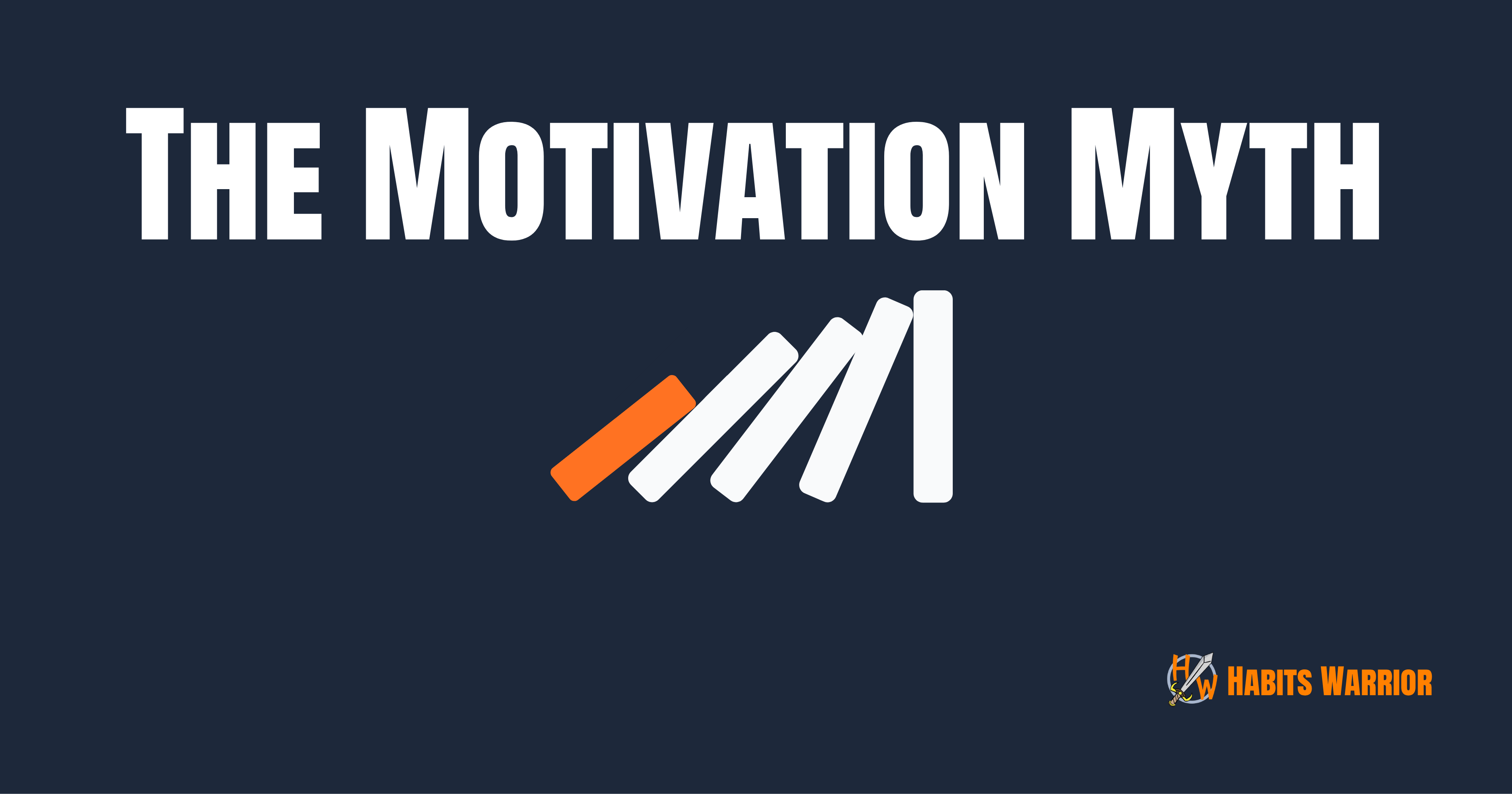
The Motivation Myth: You Don't Need More Willpower, You Need a Better Environment
For years, I believed that the secret to achievement was a heroic dose of motivation. I thought I needed to "feel" like going to the gym or "be in the mood" to work on my thesis. I was waiting for inspiration to strike like lightning. On the rare days it did, I was incredibly productive. But most days, it didn't, and I'd fall back into my old patterns, blaming myself for a lack of willpower.
My philosophical studies taught me about virtue and discipline, but I was failing at both. The mistake I was making was treating motivation as a cause, when it is more often the effect. Action precedes motivation far more often than motivation precedes action.
A more reliable path to success lies not in summoning internal feelings, but in structuring your external world. This is the principle of Environment Design. The core idea is simple: your environment—your room, your office, your phone—is constantly nudging you toward certain behaviors. Instead of fighting those nudges with willpower, you can consciously design them to serve your goals.
In behavioral science, this is related to the concept of "choice architecture," which suggests that the way choices are presented influences the decisions we make. You can become the architect of your own choices.
- Want to read more? Don't hide your book on a shelf. Place it on your pillow when you make your bed in the morning.
- Want to eat healthier? Don't rely on willpower to avoid the cookies. Place them on the highest shelf, out of sight, and put a bowl of fresh fruit on the counter.
- Want to practice guitar? Don't keep it in its case in the closet. Put it on a stand in the middle of your living room.
The goal is to make the cues for your good habits obvious and easy, and the cues for your bad habits invisible and difficult. You are not trying harder; you are making it harder to fail.
The Habits Warrior Bridge:
I designed Habits Warrior to be a part of this new, structured environment. It's your digital space, engineered for success. While the physical world requires you to arrange your environment, the app acts as your pre-commitment device and a structured source of "obvious cues."
When you open the app, you're not met with an infinite feed of distractions. You're met with the list of actions you yourself defined as important. The daily reminder isn't a replacement for willpower; it's an environmental cue, a digital nudge pointing you away from the path of least resistance and toward the path of your chosen identity. By making your desired actions the most visible thing in your "habit environment," you spend less energy deciding what to do and more energy doing it.
Sources:
- Thaler, Richard H., and Cass R. Sunstein. Nudge: Improving Decisions About Health, Wealth, and Happiness. (This book is the foundational text on "choice architecture" and how environmental design influences behavior).